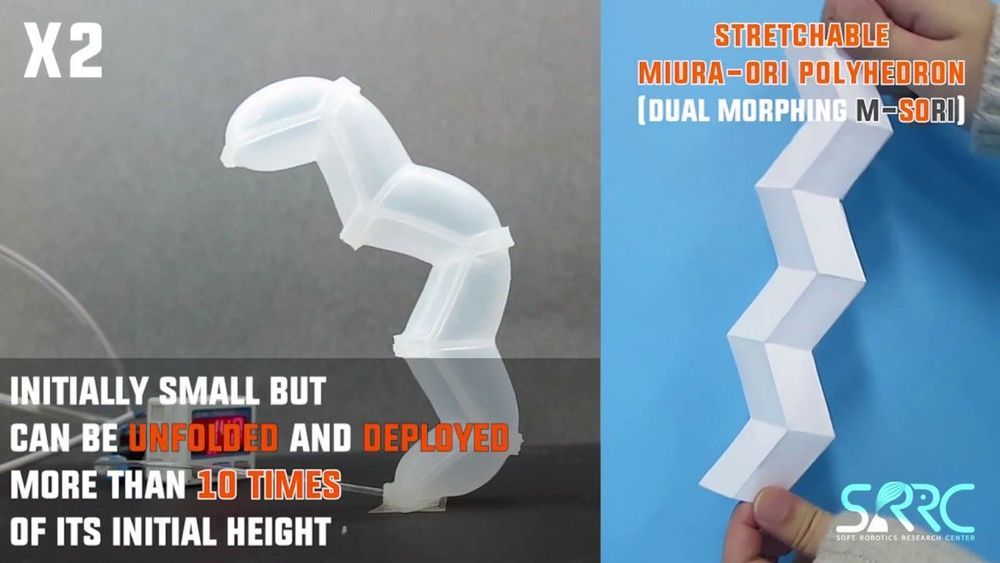Artificial intelligence and robotics architectures are often inspired by patterns occurring in nature, both in humans and animals. Patterns of movement observed in animals have been replicated in robots via a number of shape-changing mechanisms such as chemical swelling, skin stretching or origami morphing.
Researchers at Seoul National University’s Soft Robotics Research Center in South Korea and the Rebikoff-Niggeler Foundation (FRN) in Portugal have recently developed a robotic architecture structurally inspired by the pelican eel, a species of fish that lives in the deep sea. Their architecture, presented in a paper published in Science Robotics, is among the latest of a series of designs inspired by animals or naturally occurring phenomena.
“Over the past few years, we have been working on several bio-inspired robots, including the water strider-inspired water-jumping robot published in Science, as well as origami-inspired transformable robots and soft robots,” Prof. Kyujin Cho, corresponding author and lead researcher for the study, told TechXplore. “Our research on stretchable origami can be considered as an integration of our previous works.”










Comments are closed.